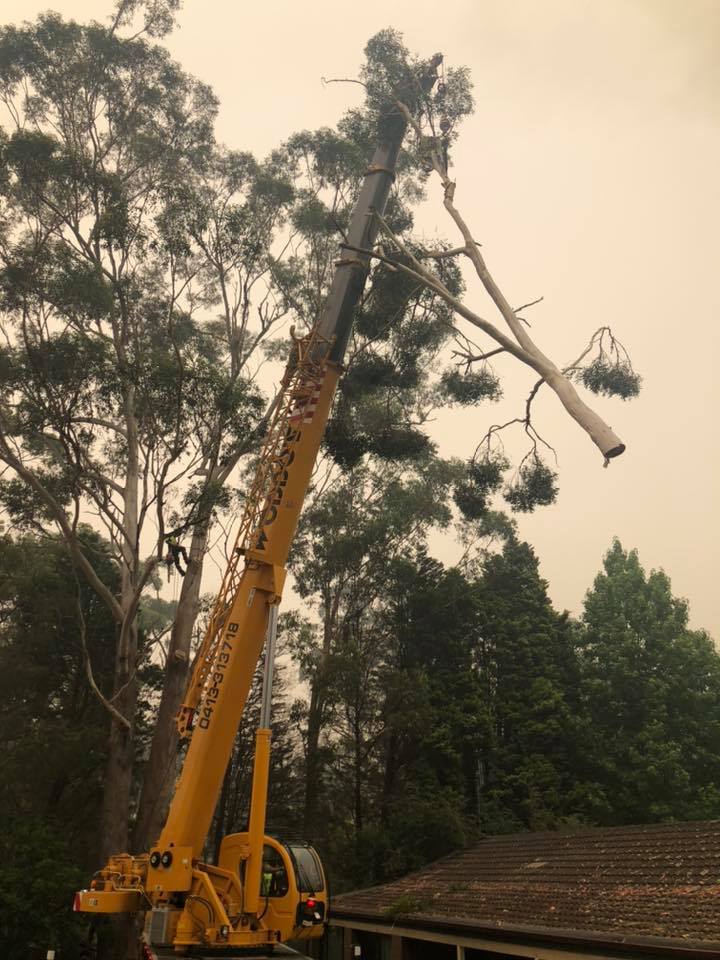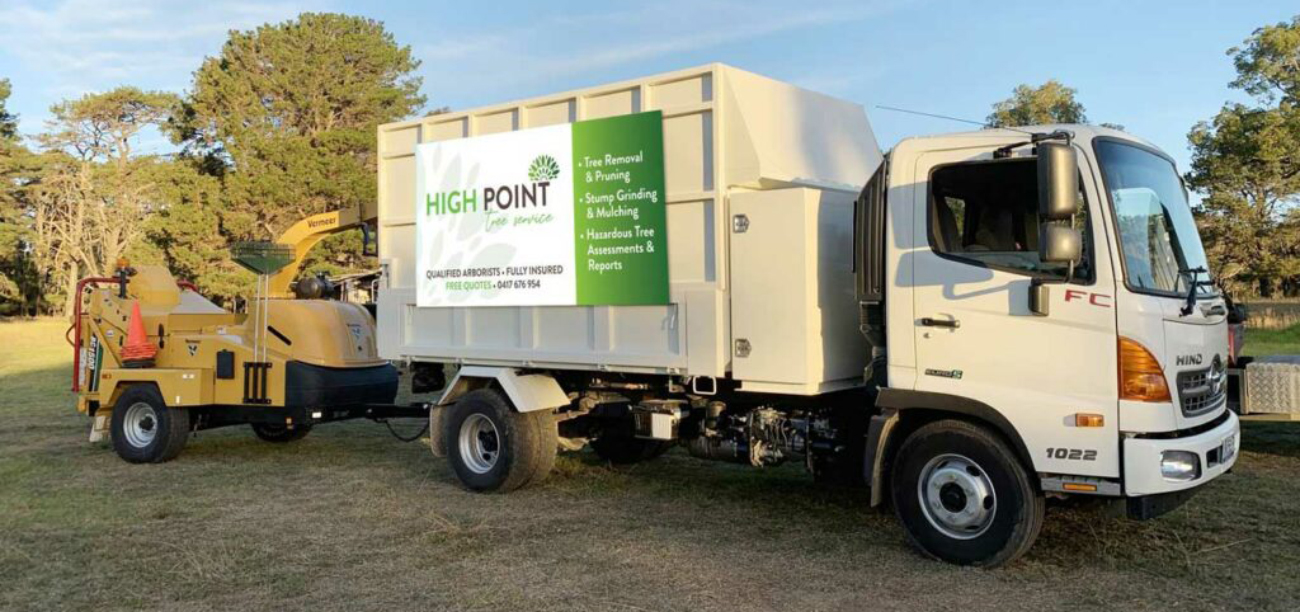All Categories
Featured
The removal of trees can produce open rooms that are prone to weed intrusion. When trees are existing, their dense canopies typically color the ground, restricting the quantity of sunlight that reaches the soil. After the elimination of trees, these open locations obtain raised sunshine, offering perfect problems for weed development.

They might suggest the use of mulch, which acts as a safety obstacle on the dirt surface area, preventing weed seeds from germinating and subduing weed growth.

The presence of trees promotes an abundant and diverse community of soil microbes. Tree origins give a source of raw material, exudates, and nutrients that support the development and activity of valuable soil microorganisms. When trees are eliminated, the absence of their roots can interrupt the delicate equilibrium of the dirt's microbial ecological community.
What Is The Best Arborist Wollongong?
This change in pH can influence vitamins and mineral schedule, microbial activity, and general soil health and wellness. To resolve the effects of tree cutting on soil pH, tree removal professionals can offer useful recommendations. They might advise soil testing to examine the current pH degrees and identify the needed changes. Based upon the results, experts can suggest pH adjustment approaches, such as including lime to elevate soil pH or including essential sulfur to reduce it.

It describes the compression of soil fragments, causing lowered pore room and increased dirt density. This compaction can negatively affect the dirt's ability to function ideally, influencing its water-holding ability, vitamins and mineral schedule, and root infiltration. Proper methods used by tree removal professionals can aid minimize compaction and preserve the dirt's ability to retain water, and allow for adequate air flow and cautious devices handling.
Latest Posts
How Much Should I Pay For Tree Cutting Wollongong?
What Is The Best Tree Arborist Wollongong Service In My Area?
What Is The Best Palm Tree Removal Wollongong Company Near Me